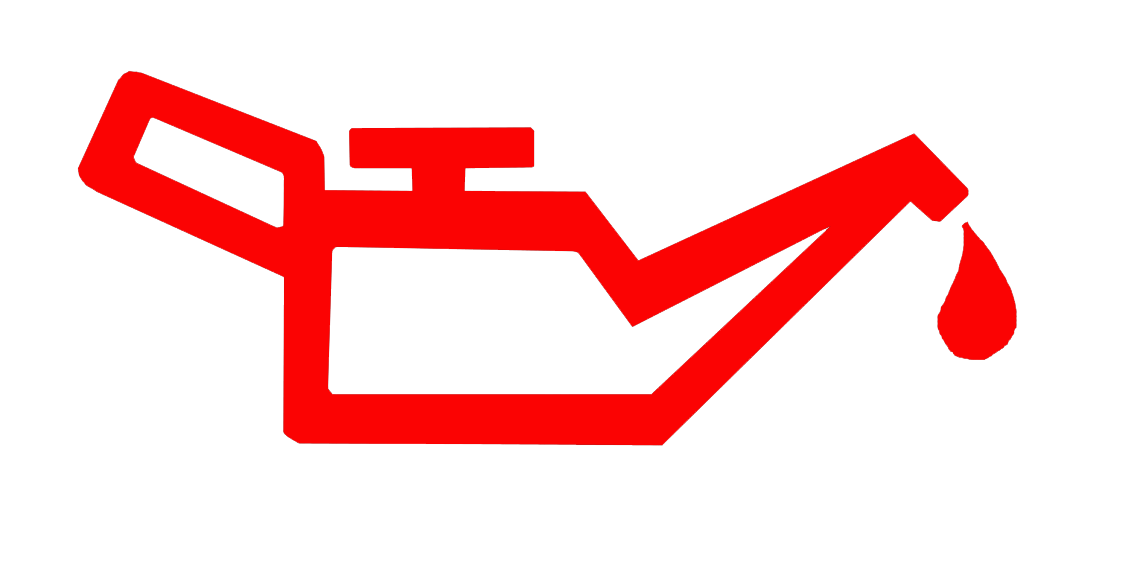Hot Tip
Engine oil only fully protects the engine when it’s warmed up. Revving the car too hard in the first few miles of your journey will cause unnecessary wear and tear and shorten the life of the engine.Engine oil plays a vital role in determining the life span of an engine, so as well as being topped up it needs to be changed regularly or eventually it turns into a gloopy sludge. A filter is used to trap all the deposits collected by the engine oil and must be changed at the same time.
Although modern cars tend to use less oil than older ones, they still need checking regularly between services. The rate at which an engine uses oil will vary from car to car but some can use a litre or more in between servicing.
If an engine gets low on oil it wears out faster and can also suffer from overheating problems. If left to run very low it may seize up altogether and leave you with a big bill for a new engine.
PARTS
Hand towel


TOOLS
Funnel

Safety Tip: Always wear safety glasses when working on your vehicle. Wear other personal protective equipment (PPE) when necessary, for example latex gloves or closed toe shoes.
- Start your vehicle and warm up the engine. Park the vehicle on a level surface and turn the engine off. Wait 2 or 3 minutes to allow the oil to drain to the bottom of the oil pan.
- Open the hood and locate the oil dipstick handle. Refer to your vehicle owner’s manual for the exact location.
- Pull the oil dipstick out of the tube and wipe off the engine oil with a clean shop rag.
- Reinsert the dipstick into the dipstick tube all the way.
- Pull the oil dipstick out and check the oil level. The oil level should be between the Min and Max marks on the dipstick.
HOW TO TOP UP YOUR OIL: Step-by-Step
Always top up the engine oil bit-by-bit rather than trying to get it right in one go. Recheck the level on the engine oil dipstick after you’ve added some oil, remembering to give it at least 30 seconds to drop to the bottom of the engine.
If you overfill, the excess oil makes the engine work harder and use more fuel. The increased pressure on the engine can also result in oil leaks and damage to the catalytic converter. A tiny bit over the max mark probably won’t be the end of the world, but if you do go way over, don’t risk damaging the engine by driving it. (Some of the engine oil will need to be drained out from the sump first and you’ll need the help of a breakdown service.)


Comments 1
I was reading some of your content on this site and I believe this internet site is really instructive! Retain putting up.